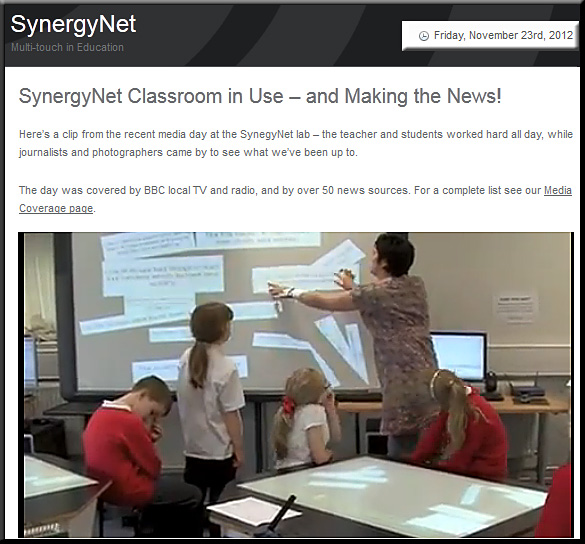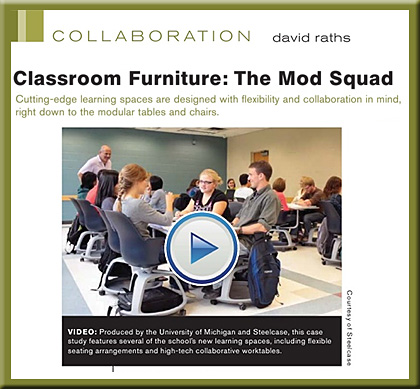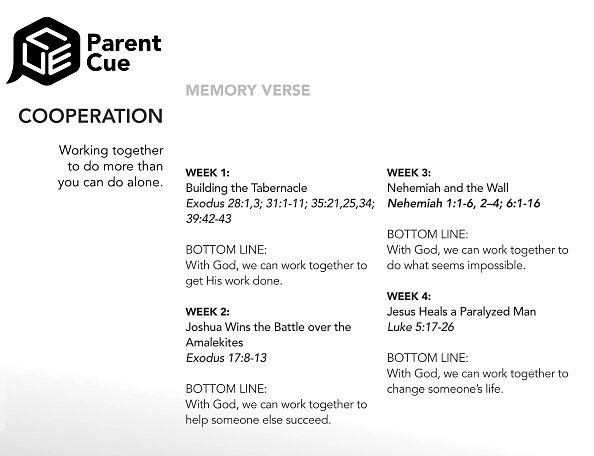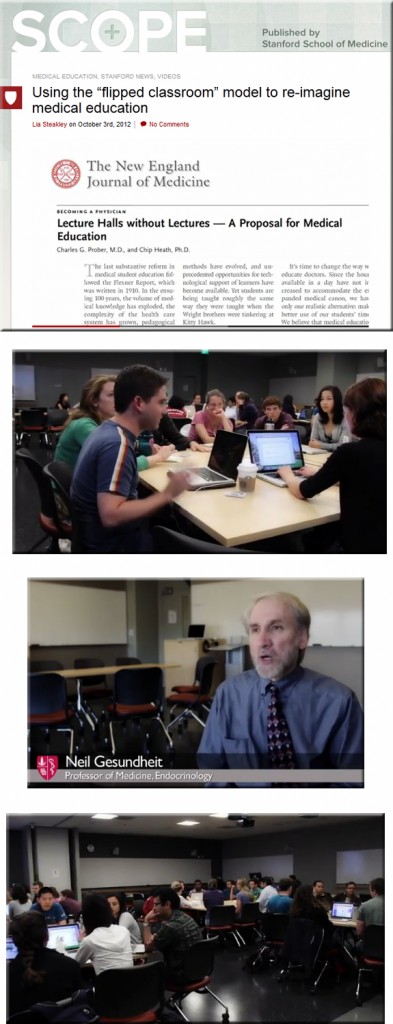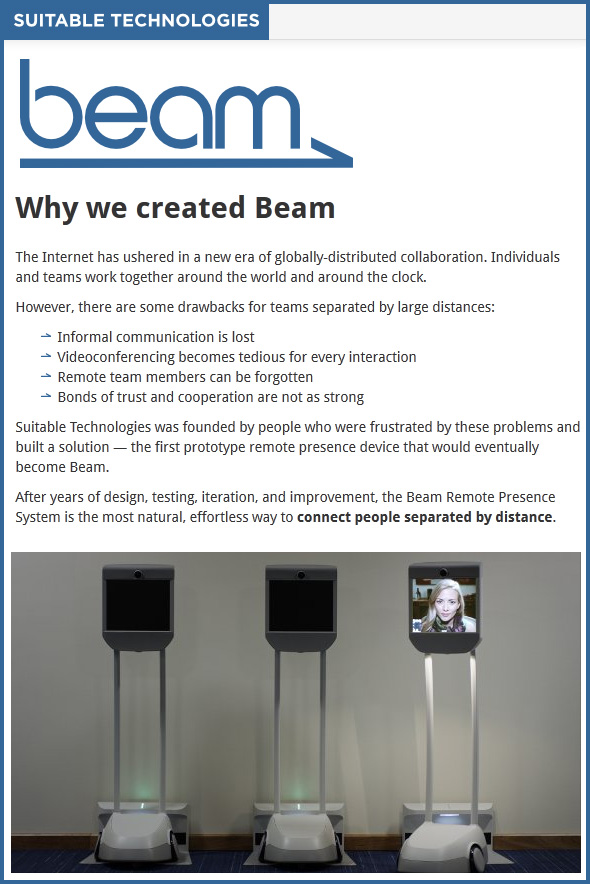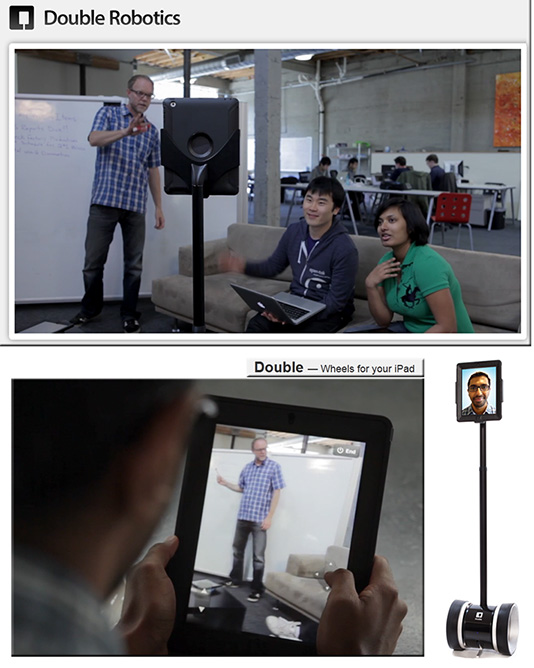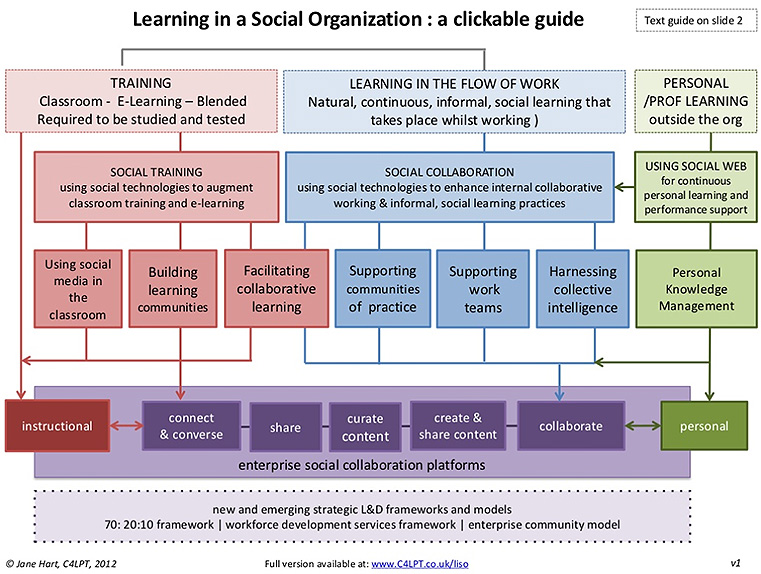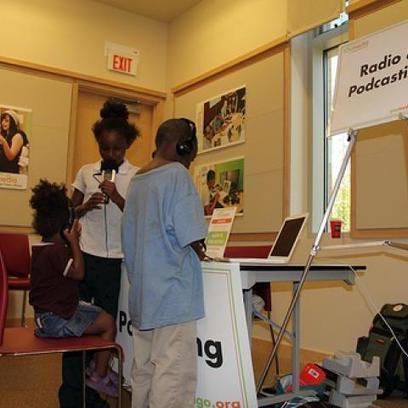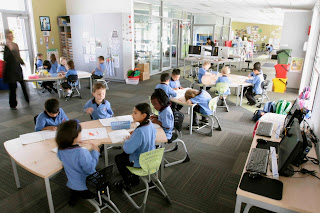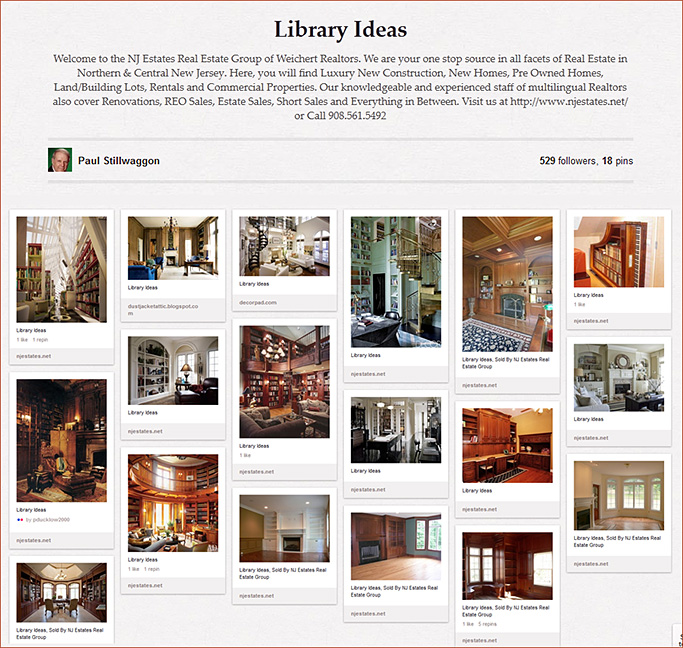The hottest IT skills for 2013 — from itstrategynews.com
Top 4 traits of “future proof” employees, according to 1,709 CEOs — from forbes.com
What should you look for as you recruit new hires in 2013? As an employee yourself, what traits will serve you best in the years ahead?
Excerpt:
Late last year IBM conducted interviews with 1,709 CEOs around the world, and published the results in a white paper titled “Leading Through Connections.” It’s a fascinating look at how business leaders are reacting to recent convergence of digital, social and mobile technologies, known by many as the “connected economy.”
From DSC:
How are K-12 and higher ed doing on developing this type of employee?
Also see:
- Companies wait too long to train leaders — from KevinKruse.com
- 56 best job search blog posts of 2012 — from jobmob.co.il











